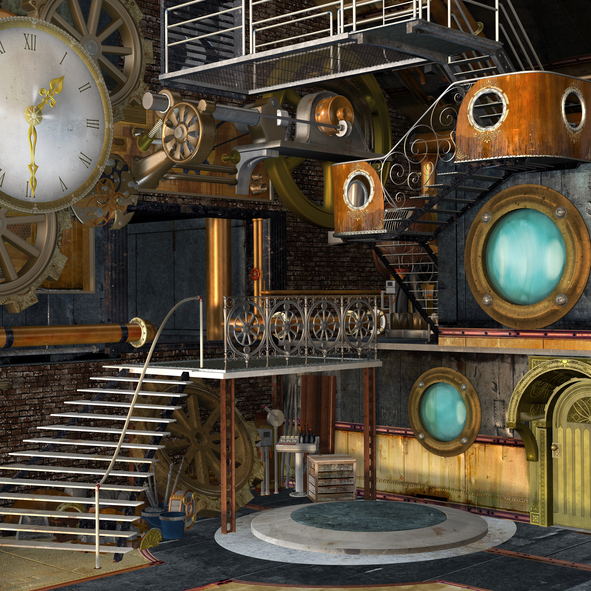In the article “Room Escape Artist: What are the definitions of each of the four generations of escape rooms?” which can be found here
Shawn Fischtein of Escape Games Canada
was quoted on what the 4 basic “generations” of escape games in the world right now were. Alot of people seem to have a problem with these definitions, but as a designer and builder of alot of escape rooms, I tend to follow them in my own descriptions. He is quoted from the article as saying:
“Gen 1
- Uses simple mechanical systems
- Relies heavily on player energy input to make anything “happen”
- Typically includes lock boxes with hasps and padlocks
- Contains simple systems like using a reaching pole or a fishing magnet to obtain new information or items
- Delivers information or clues mainly through visual representations (prints) or written language
- Frequently relies on an observer or an in-game actor to moderate gameplay
Gen 2
- Utilizes stored magnetic, electronic, kinetic potential (gas springs etc.) for much of the the game
- Puzzles start controlling clue deliverance through means of tripping electronic sensors
- Replaces lock boxes with spring-loaded or gravity potential release-triggered mechanisms
- Uses simple controllers (or “dumb” controllers) that aren’t processing any sort of logic
- Can include simple lighting systems and sound systems that adapt as the players progress through the room
Gen 3
- “Smart” room (as in, integrated technology)
- Utilizes actuation and more complex electronic controllers
- Room “knows” where the players are in their progress and can adapt, monitor, or guide the experience with more automation
- Replaces most padlocks or combination locks with interactive and intelligent computer based systems
- Some of the systems in these rooms may be integrated in chunks or clusters, which help the game masters create phases of the game
Gen 4
- Entirely automated rooms and doors
- Substantial “smart” and responsive systems
- Delivers clues and information through responsive systems that carefully monitor the progress of players and can adapt in order to keep a streamlined experience for everyone involved
- Most or all computers are integrated to maintain a seamless transition from one objective to the next
- Introduces complex gaming mechanics such as butterfly effects, strategy, and replay-ability”
I will personally continue to use these definitions when we design, build, and sell games.

